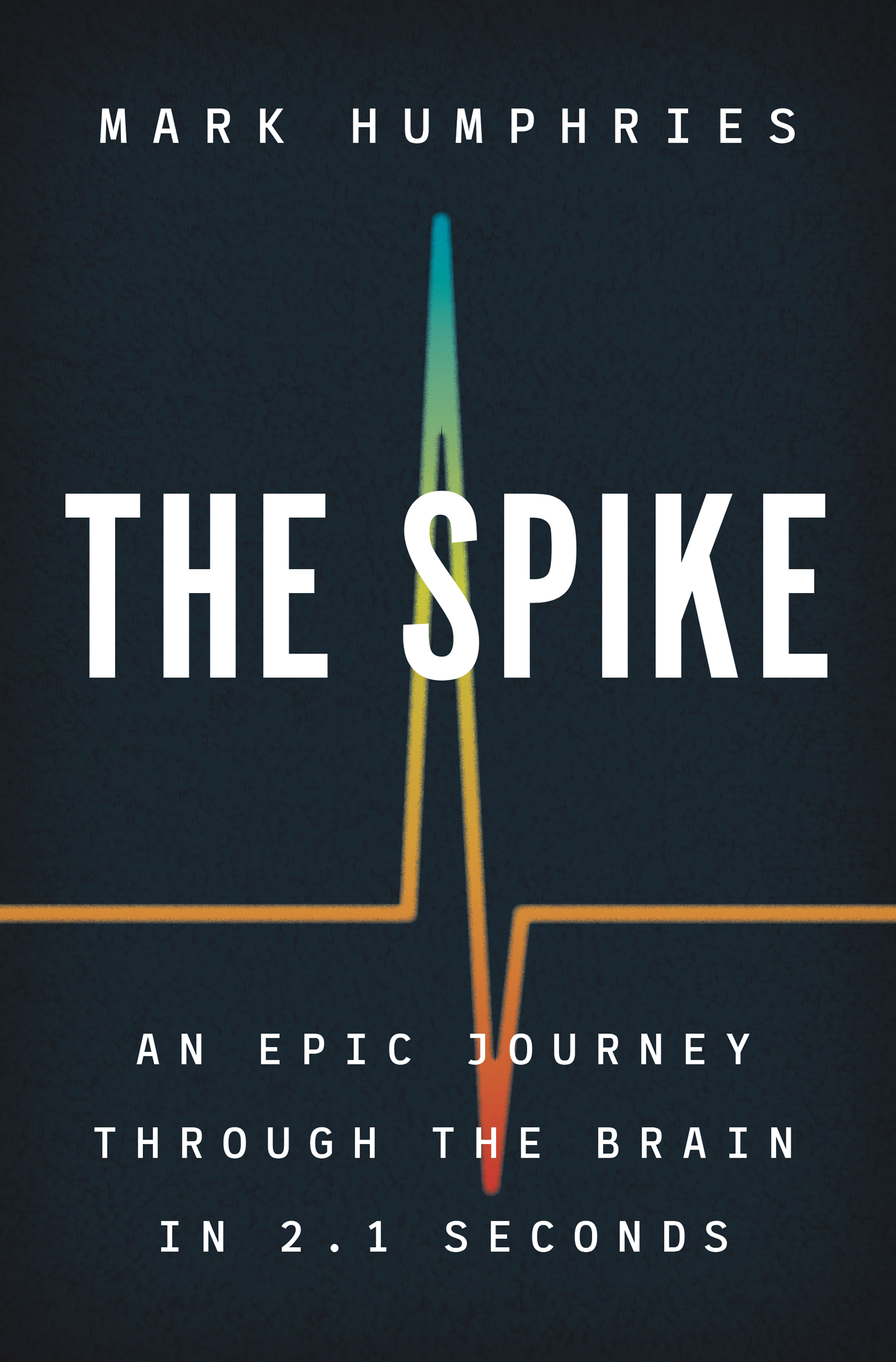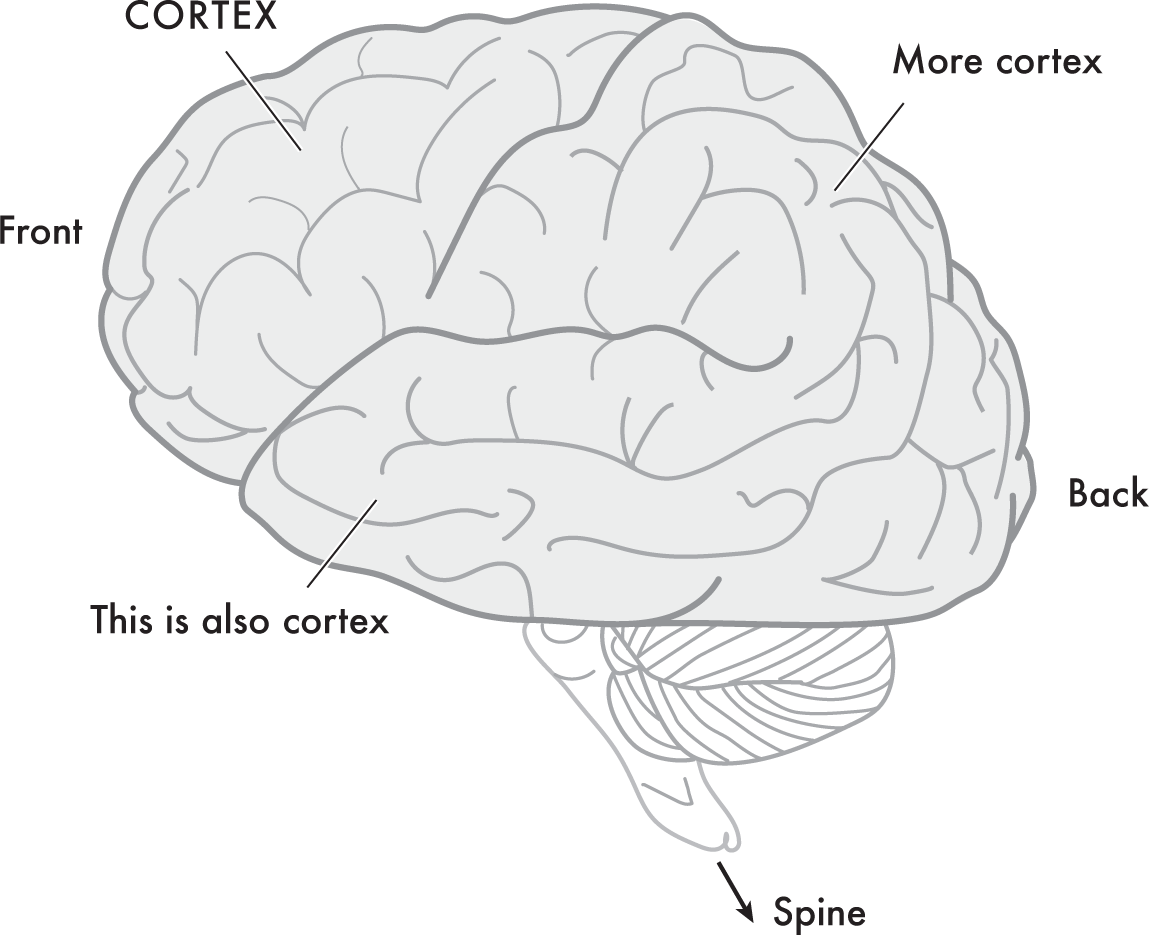Mark Humphries - The Spike
Here you can read online Mark Humphries - The Spike full text of the book (entire story) in english for free. Download pdf and epub, get meaning, cover and reviews about this ebook. year: 2020, publisher: Princeton University Press, genre: Romance novel. Description of the work, (preface) as well as reviews are available. Best literature library LitArk.com created for fans of good reading and offers a wide selection of genres:
Romance novel
Science fiction
Adventure
Detective
Science
History
Home and family
Prose
Art
Politics
Computer
Non-fiction
Religion
Business
Children
Humor
Choose a favorite category and find really read worthwhile books. Enjoy immersion in the world of imagination, feel the emotions of the characters or learn something new for yourself, make an fascinating discovery.

- Book:The Spike
- Author:
- Publisher:Princeton University Press
- Genre:
- Year:2020
- Rating:4 / 5
- Favourites:Add to favourites
- Your mark:
- 80
- 1
- 2
- 3
- 4
- 5
The Spike: summary, description and annotation
We offer to read an annotation, description, summary or preface (depends on what the author of the book "The Spike" wrote himself). If you haven't found the necessary information about the book — write in the comments, we will try to find it.
The Spike — read online for free the complete book (whole text) full work
Below is the text of the book, divided by pages. System saving the place of the last page read, allows you to conveniently read the book "The Spike" online for free, without having to search again every time where you left off. Put a bookmark, and you can go to the page where you finished reading at any time.
Font size:
Interval:
Bookmark:

THE SPIKE
THE SPIKE
AN EPIC JOURNEY THROUGH THE BRAIN IN 2.1 SECONDS
MARK HUMPHRIES
PRINCETON UNIVERSITY PRESS
PRINCETON AND OXFORD
Copyright 2021 by Mark Humphries
Princeton University Press is committed to the protection of copyright and the intellectual property our authors entrust to us. Copyright promotes the progress and integrity of knowledge. Thank you for supporting free speech and the global exchange of ideas by purchasing an authorized edition of this book. If you wish to reproduce or distribute any part of it in any form, please obtain permission.
Requests for permission to reproduce material from this work should be sent to
Published by Princeton University Press
41 William Street, Princeton, New Jersey 08540
6 Oxford Street, Woodstock, Oxfordshire OX20 1TR
press.princeton.edu
All Rights Reserved
ISBN 978-0-691-19588-9
ISBN (e-book) 978-0-691-21351-4
Version 1.0
British Library Cataloging-in-Publication Data is available
Editorial: Hallie Stebbins and Kristen Hop
Production Editorial: Brigitte Pelner
Jacket Design: Karl Spurzem
Production: Jacqueline Poirier
To Nic, Abbi, and Seth
THE SPIKE
Midafternoon is the devils time. The ebbing of your circadian rhythms collides with the digestion of an ill-considered lunch of hot dog and hummus to dull your mind and bring thoughts of a cheeky nap. But theres an all-hands meeting in the conference room in ten minutes, at which youve discovered that snoring loudly enough to drown out the CEOs always be coding speech is a no-no. Eat something, says inner you. On the desk abutting yours is the box for some homemade ginger, pear, and chocolate cookies that Dietrich brought for the 10:00 a.m. conference call with the South Africa officestrangely delicious, definitely tempting, disappointingly gone.
No, wait. Your eyes glimpse a rounded, crumbly edge. Theres one left. Your brain sparks to life, as you glance around to clock your coworkers locations and thinkcould I take that? After a moments hesitation, weighing the ethical dilemmas and more importantly confirming that no one has line of sight, you extend a hand.
In those few moments your brain is abuzz with electricity. Vital, surreptitious-cookie-obtaining electricity. Why?

FIGURE 1.1. Basic anatomy of the human brain. Most of the outside of your brain is the cortex.
Your brain uses electricity to communicate. Each nerve cell, each of the eighty-six billion neurons in your brain, talks to other neurons by sending a tiny blip of voltage down a gossamer thin cable. We neuroscientists call that blip the spike. These tiny pulses of electricity stream endlessly, ceaselessly across your brain. Spikes are seeing, hearing, and feeling; thinking, planning, and doing. Spikes are how neurons talk to each other. And neurons talking to each other is how you do anything.
The uniquely human things you do are thanks to the chatter of spikes in your cortex ( So many in fact that we have to divide the cortex into a constellation of areas, each with its own name, to make sense of it all. (Few of these names are excitingthe area with the most neurons that talk directly to the spine, and so has the most control over movement, is called the primary motor cortex; the areas next door are the premotor cortex and, wait for it, the supplementary motor area. Inspired.) These areas all share the same types of neurons but do wildly different things with the spikes sent between them.
Many of these areas are dedicated to seeing, from the areas breaking down the world into its simplest componentsedges and lines and cornersto the areas dealing with motion, colors, objects, and faces. Some areas do hearing and touch; some control your movement.
There are areas for uniquely human things, like reading, speaking, and understanding the spoken word. And at the front of the cortex we find areas that do mysterious things with information from the outside world, somehow using it to plan, anticipate, and predict. All of it done by spikes.
The numbers are vertiginous. Of the eighty-six billion neurons in the adult human brain, about seventeen billion of those are found in the cortex. Each of those sends at most one spike per second, on average.
The United Nations tells us the expected lifespan of a human on this planet is about seventy years. Thats more than two billion seconds, each of which contains about seventeen billion spikes in cortex. All told, your lifespan is about thirty-four billion billion cortical spikes.
The cry you emitted on your appearance in the world. Your first tottering, uncertain steps. The pain when Susans wildly swinging arm knocked out your wobbly tooth in primary school. Recognizing that cluster of trees in the distance, and the relief of knowing youll now find your way across the damp, foggy hills back to the welcome warmth of the car. Plucking up the courage to ask for a date, and blurting it all out in a rush. The flush of embarrassment. The quiet euphoria of a yes. Deciding you just have to do something about the clash between the purple sofa and the lime green curtains. Remembering the smell of your moms bread and dads roast chicken. Cradling your baby. Reading this sentence. And this one.
All spikes.
From the magnificent to the mundane, everything youve done is in those thirty-four billion billion spikes that have streamed across your cortex. If I were to write the story of your life with one word for every spike, your biography would be longer than the combined length of all novels in English ever published. Yes, ever, since Gutenberg introduced movable type to Europe in 1439. And not just a bit longerseventy-six million times longer. Even with the combined efforts of Tom Wolfe, Neal Stephenson, and George R. R. Martin to deliver novels that are also handy for weighting down small children in a storm, novelists still have at least another 380 million years or so to publish as many words in English as spikes in your cortex in your lifetime. And below the cortex, billions upon billions more neurons, sending billions upon billions more spikes.
Youll excuse me if I attempt something a little less daunting.
In this book, Im going to tell you the story of just two of those seconds. Of a simple act: you spot that last cookie in the office tray, and thinkno one will mind if I take that, right?
A spikes journey from the eye that receives the light bouncing from the cookie, through the seeing parts of cortex turning patterns of light and shade into the edges, curves, crumbs, and colors of the cookie, on to cortical areas for perceiving, deciding, and remembering, plunging into the depths of the motor system, and out, out through the spine and on to the muscles, finally moving your hand to what your eye can see. A journey from seeing to deciding to moving, from eye to hand.
This is the story of everywhere the spike was sent, and of everything it saw on the waythe twinkling galaxy of neurons, the deep darkness of the cortex, the loneliest neuron. Of splitting into a thousand clones. Of spontaneous birth and instant death. An epic journey, all in but a moment of time, a story replayed two billion times over.
Font size:
Interval:
Bookmark:
Similar books «The Spike»
Look at similar books to The Spike. We have selected literature similar in name and meaning in the hope of providing readers with more options to find new, interesting, not yet read works.
Discussion, reviews of the book The Spike and just readers' own opinions. Leave your comments, write what you think about the work, its meaning or the main characters. Specify what exactly you liked and what you didn't like, and why you think so.








![Humphries - The low carb long term lifestyle : [with a twist of Mediterranean to add zest to your eating]](/uploads/posts/book/104760/thumbs/humphries-the-low-carb-long-term-lifestyle.jpg)

